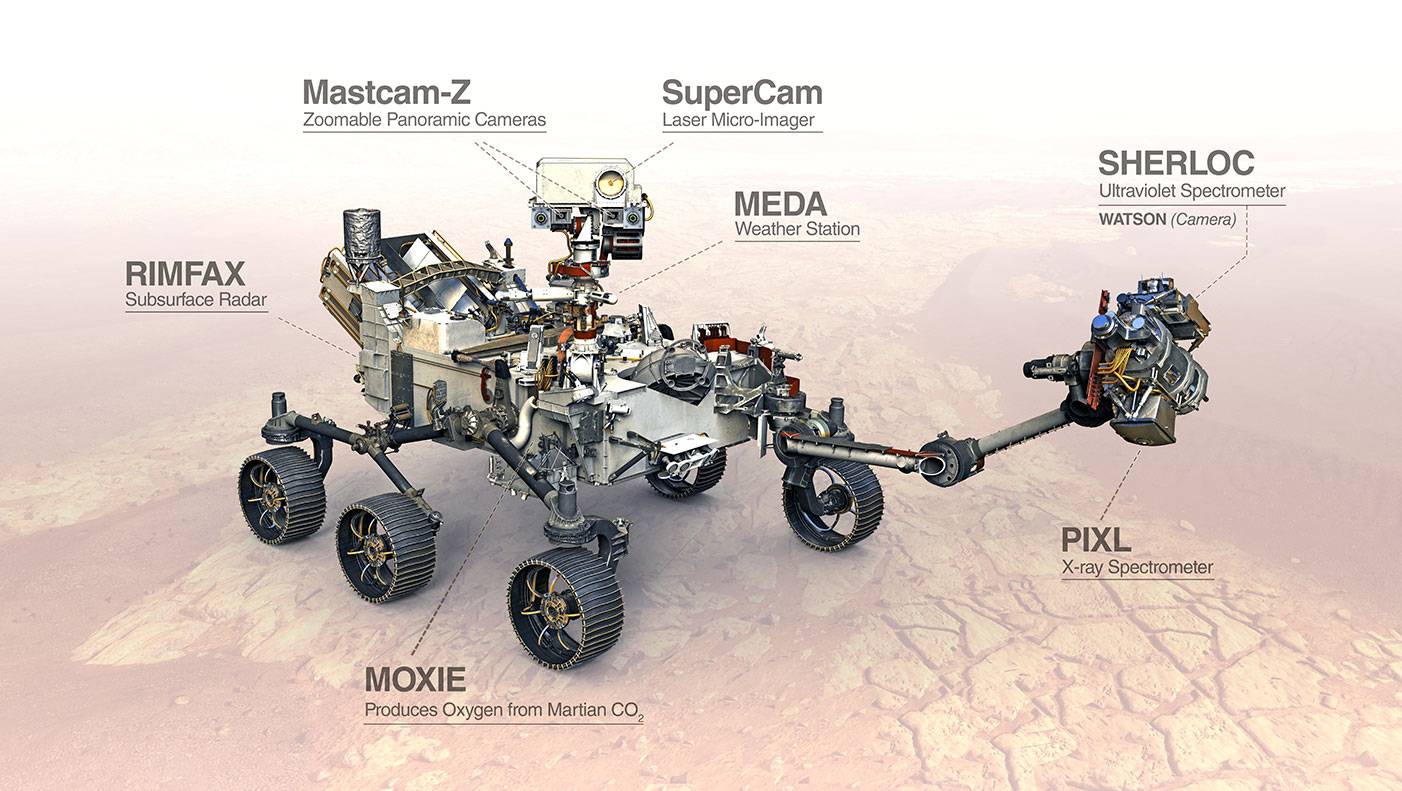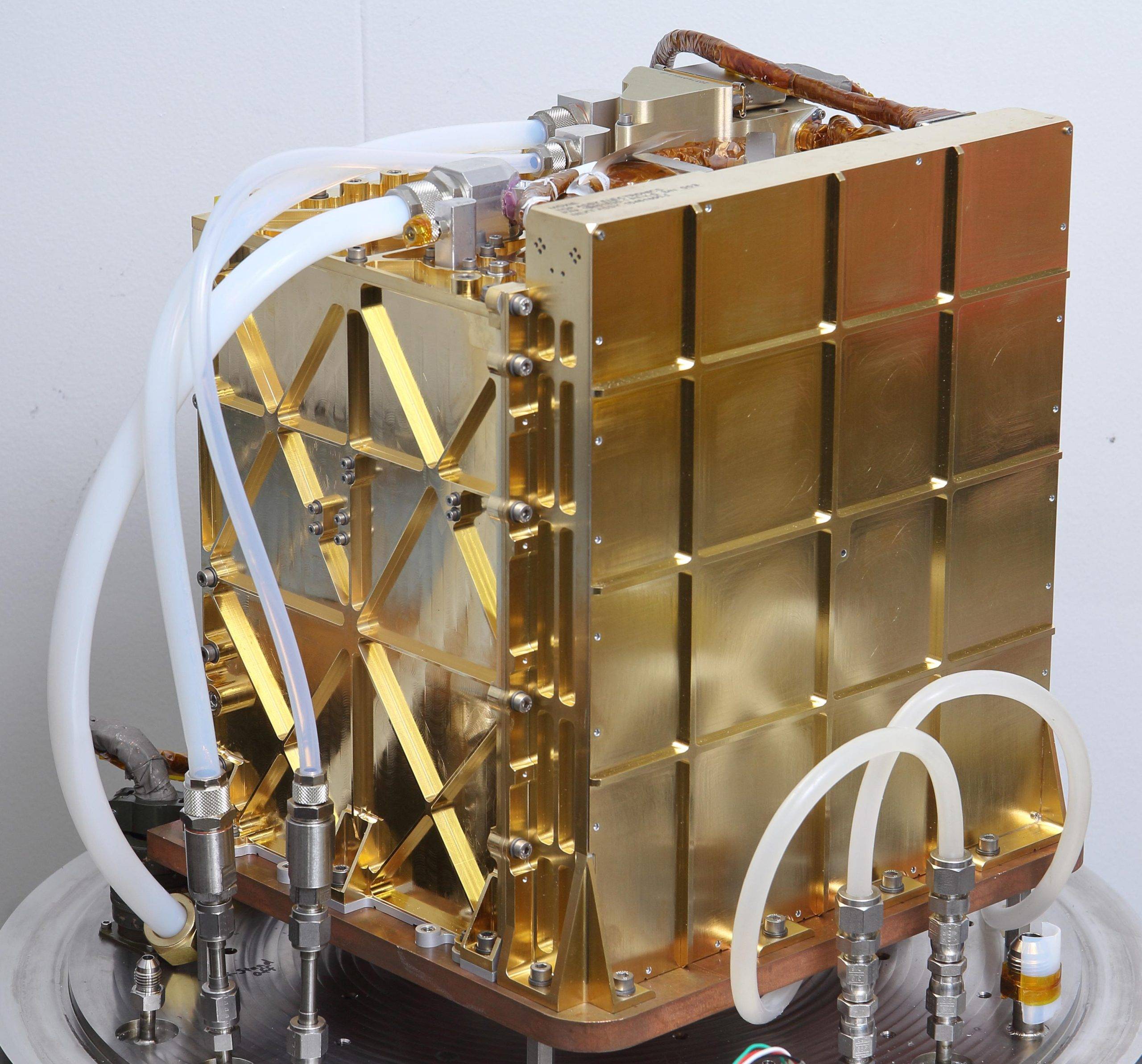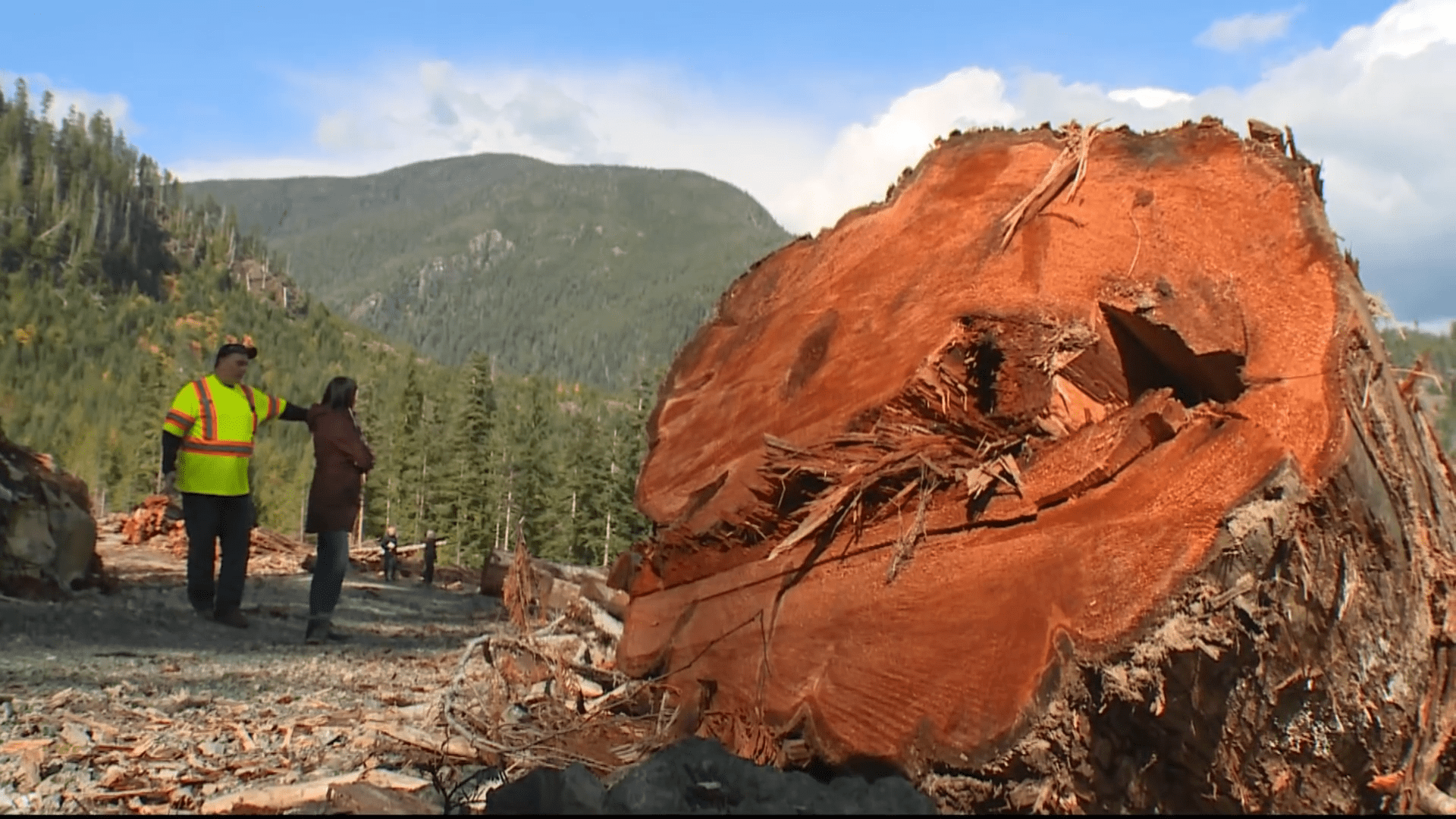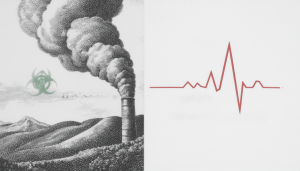selfology.co/mars
Exploring the Explorations
∞ 探索探索 ∞
Our Perseverance in the Search of Why
我們尋找原的毅力
The Perseverance Mars Rover Instrument 2020

.
.
Let's fly
Ingenuity (helicopter)
Flying with with CO2 which is 53% Denser than O2 The 2,400 RPM Blades
JPL’s Mars Helicopter insignia
Ingenuity is a small robotic helicopter operating on Mars as part of NASA‘s Mars 2020 mission. On 19 April 2021, it successfully completed the first powered controlled flight by an aircraft on a planet besides Earth, taking off vertically, hovering and landing.[9][10] The battery-powered coaxial drone rotorcraft is serving as a technology demonstrator for the potential use of flying probes on future missions to Mars and other worlds, and will have the potential to scout locations of interest and support the future planning of driving routes for Mars rovers.
Ingenuity travelled to Mars attached to the underside of the Perseverance rover, arriving at the Octavia E. Butler Landing site in Jezero crater on 18 February 2021. It deployed on 3 April 2021,[5][6][7] and after unloading the drone Perseverance drove approximately 100 m (330 ft) away to allow it a safe “buffer zone” in which it made its first flight.[14][15] First takeoff was on 19 April 2021 at 07:15 UTC, with livestreaming 3 hours later at 10:15 UTC confirming the flight.[16][17][18][19][20][21] Ingenuity rose 3 m (9.8 ft), hovered there for about 30 seconds, before returning to the surface of Mars with a total flight time of 39.1 seconds.[22]
Ingenuity is expected to fly up to five times during its 30-day test campaign scheduled early in the rover’s mission. Primarily technology demonstrations,[1][23] each flight is planned to fly at altitudes ranging from 3–5 m (10–16 ft) above the ground for up to 90 seconds each.[1] Ingenuity, which can travel up to 50 m (160 ft) downrange and then back to the starting area,[1] will use autonomous control during its short flights, which will be telerobotically planned and scripted by operators at Jet Propulsion Laboratory (JPL). It will communicate directly with the Perseverance rover after each landing.
Dave Lavery is the program executive for the Ingenuity helicopter, MiMi Aung is the project manager, Håvard Fjær Grip is the Chief Pilot, and Bob Balaram is Chief Engineer.[24] Other contributors include AeroVironment, Inc., the NASA Ames Research Center, and the NASA Langley Research Center.
Let there be Air
MOXIE
Making O2 from CO2 on Mars Oxygen ISRU Experiment
MOXIE is a short, snappy name for a tool that helps lead to human footprints on Mars. It helps humans explore Mars by making OXygen. It works “In situ” (in place) on the Red Planet, and is an Experiment.”
The Mars Oxygen In-Situ Resource Utilization Experiment is better known as MOXIE. NASA is preparing for human exploration of Mars, and MOXIE will demonstrate a way that future explorers might produce oxygen from the Martian atmosphere for propellant and for breathing.

The Mars Oxygen In-Situ Resource Utilization Experiment (MOXIE)[1] is a technology demonstration on the NASA Mars 2020 rover Perseverance investigating the production of oxygen on Mars.[2] On April 20, 2021, MOXIE produced oxygen from carbon dioxide in the Martian atmosphere by using solid oxide electrolysis.
“Moxie” can also be a personality trait. Someone with moxie is considered bold and adventurous, hardy and spirited! No one is sure, but the word may trace back to Native American place names for “dark water.” In the late 1800s, people drank “Moxie,” a tonic and later a soft drink. Because the drink claimed health benefits, people began using moxie to mean vitality and endurance. It surely endures in American vocabulary today! You can still drink Moxie in some old-time, nostalgic soda-pop shops today.
5 Things to Know
MOXIE Makes Oxygen on Mars
Carbon dioxide makes up ~96% of the gas in Mars’ atmosphere. Oxygen is only 0.13%, compared to 21% in Earth’s atmosphere.
MOXIE Is a Test Model
MOXIE is the size of a car battery. Future oxygen generators that support human missions on Mars must be about 100 times larger.
MOXIE Helps Future Explorers
To launch off of Mars, human explorers need about 33 to 50 tons (30 to 45 metric tons) of fuel, about the weight of a Space Shuttle.
MOXIE Breathes like a Tree
MOXIE makes oxygen like a tree does. It inhales carbon dioxide and exhales oxygen.
Homemade on Mars
Homemade liquid oxygen on Mars could supply more than ¾ of the propellant humans need for exploration on the Red Planet.
Japanese Fusion
Cuisine
Super Seeing
SuperCam
Using Lights to See
The SuperCam on the Perseverance rover examines rocks and soils with a camera, laser and spectrometers to seek organic compounds that could be related to past life on Mars. It can identify the chemical and mineral makeup of targets as small as a pencil point from a distance of more than 20 feet (7 meters).
April 11, 2019
SuperCam’s mast unit before being installed atop the Perseverance rover’s remote sensing mast. SuperCam fires a laser at rock or soil targets up to 20 feet (7 meters) away, and then analyzes the vaporized rock to reveal the composition. SuperCam’s telescope peers out through a window seen on the right side of the unit, above a microphone (hidden by a red protective cover in this image), which will pick up the sounds of rocks being vaporized by the laser. The electronics are inside the gold-plated box on the left. The end of the laser peeks out from behind the left side of the electronics.
Credit
CNES
The Planetary Instrument for X-ray Lithochemistry (PIXL)
Mars Environmental Dynamics Analyzer (MEDA)
Mars Atmosphere and Volatile EvolutioN (MAVEN)
Bookmarkable
Metro Vancouver Incinerator Health Alarm & River District Energy Cost Implications
Independent tests commissioned by CAPE‑BC detected toxic equivalency of 44 pg/g of dioxins and furans in
Market Dynamics Through the Lens of Primate Behavior and Government Influence
Even in the animal kingdom, behaviors emerge that seem to defy strict logical utility yet
Banksters, Bankruptcy Loopholes and Beyond: Unpacking Canada’s Financial Maze
This article delves into the complexities of the Canadian financial and legal systems, from unethical






























